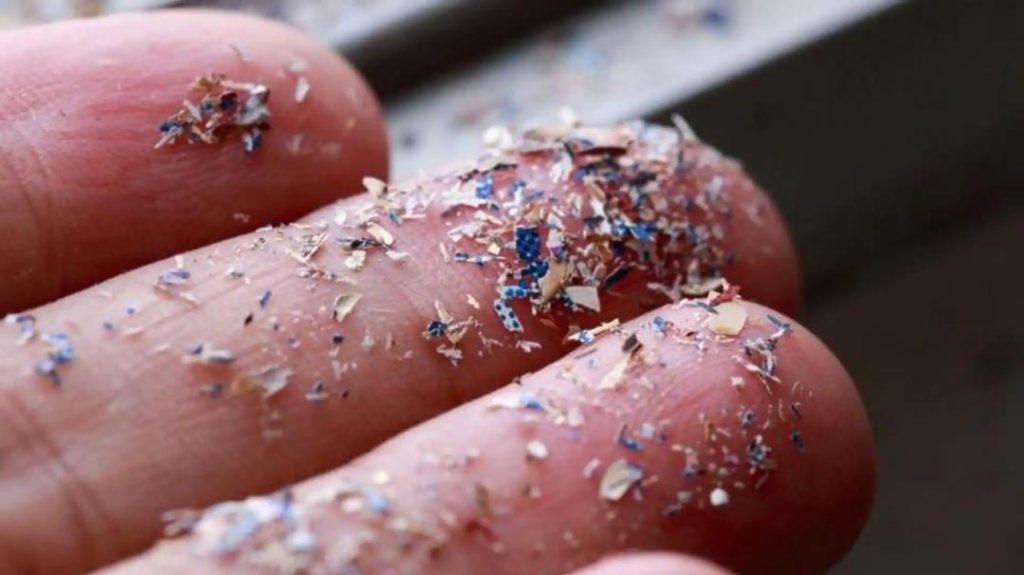
Microplastics Found in Human Ovary Fluid for the First Time
As the world grapples with the issue of plastic pollution, a new study has brought to light a shocking discovery – microplastics have been found in human ovarian follicular fluid for the first time. This groundbreaking research has sent shockwaves through the scientific community, highlighting the need for increased awareness and action to combat the pervasive presence of microplastics in our environment.
The study, published in the peer-reviewed journal Environmental Science and Technology, analyzed follicular fluid samples from women undergoing in vitro fertilization (IVF) treatment. The researchers, led by Dr. Qinyi Wang of the University of California, San Francisco, used a technique called transmission electron microscopy to detect microplastics in the samples.
The findings were alarming – microplastics were detected in 80% of the samples analyzed, with an average concentration of 1.2 particles per milliliter of fluid. While the study did not investigate the potential health impacts of microplastics on human reproduction, the authors emphasized the importance of further research in this area.
“Follicular fluid provides essential nutrients and biochemical signals for developing eggs,” the study states. “The presence of microplastics in this fluid could potentially disrupt the delicate balance of the reproductive environment and have unforeseen consequences for fertility and reproductive health.”
The discovery of microplastics in human ovarian follicular fluid is a significant concern, as it suggests that these tiny particles are capable of penetrating the human body and affecting the reproductive system. Microplastics are generated through the degradation of larger plastic items, such as bags, bottles, and other consumer products, and can enter the environment through a variety of pathways, including wastewater treatment plants and direct disposal into the environment.
The potential risks associated with microplastic exposure are still being studied, but research has already linked these particles to a range of negative health effects, including inflammation, oxidative stress, and immune system dysfunction. In the context of human reproduction, microplastic exposure could potentially disrupt hormone regulation, fertility, and fetal development.
The World Health Organization (WHO) defines microplastics as plastic particles less than 5 millimeters in size, which can be ingested or inhaled. Microplastics have been detected in a wide range of environments, including oceans, lakes, rivers, and even drinking water. However, the presence of microplastics in human ovarian follicular fluid is a new and concerning development.
“This discovery should serve as an important warning signal about the invasiveness of these emerging contaminants in the female reproductive system,” the study states. “It highlights the urgent need for further research into the sources, fate, and potential impacts of microplastics on human health and the environment.”
The study’s findings have significant implications for human health and the environment. As microplastics continue to pervade our environment, it is essential that we take steps to reduce their production and disposal. This can be achieved through increased recycling efforts, reduced plastic use, and improved waste management practices.
Moreover, the study’s authors emphasize the need for further research into the potential health impacts of microplastics on human reproduction. This research should focus on understanding the mechanisms by which microplastics enter the reproductive system, the effects of microplastic exposure on fertility and reproductive health, and the development of effective strategies for mitigating these risks.
In conclusion, the discovery of microplastics in human ovarian follicular fluid is a concerning development that highlights the need for increased awareness and action to combat plastic pollution. As we continue to grapple with the complexities of this issue, it is essential that we prioritize research into the potential health impacts of microplastics and take steps to reduce their production and disposal.






